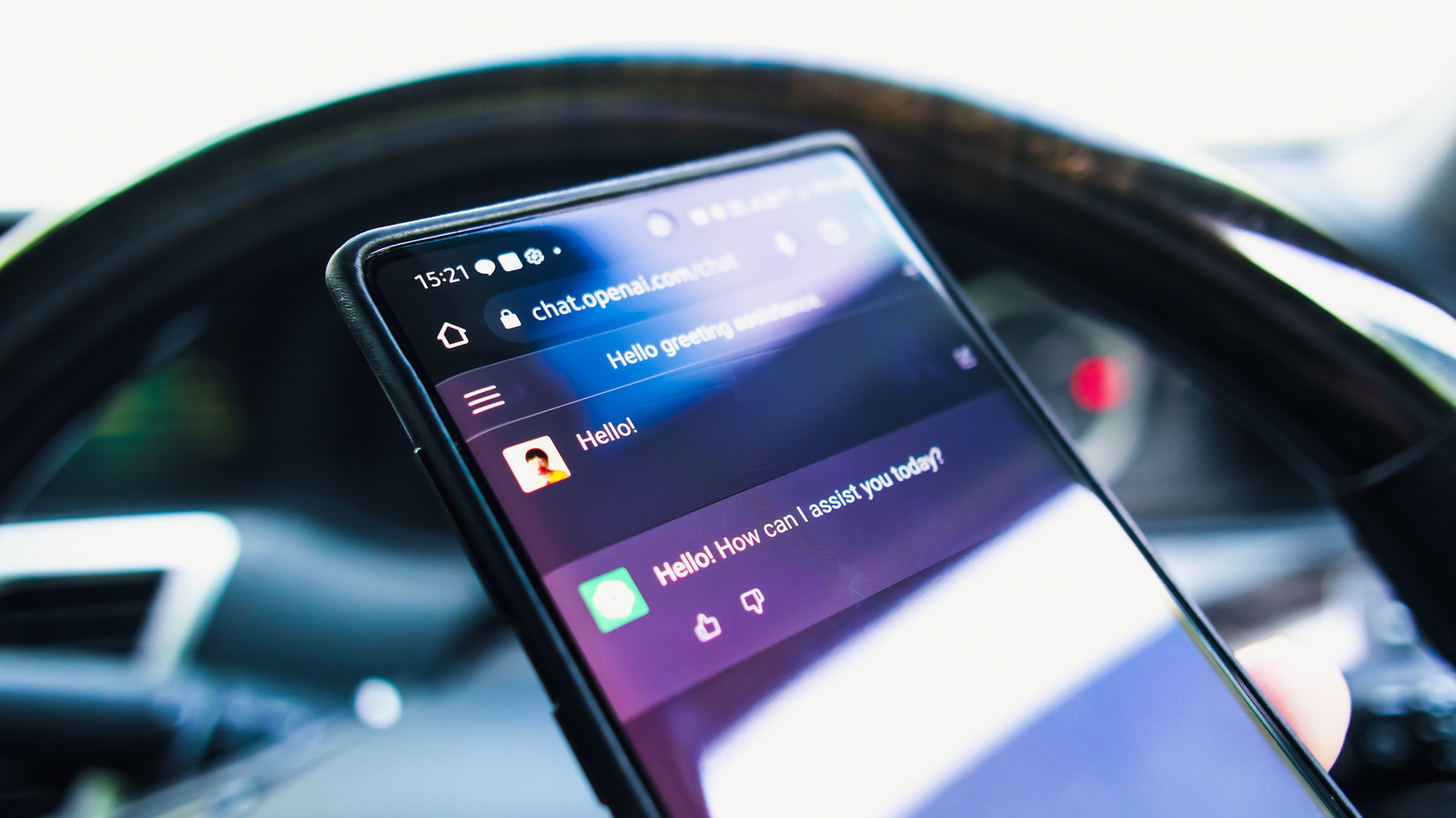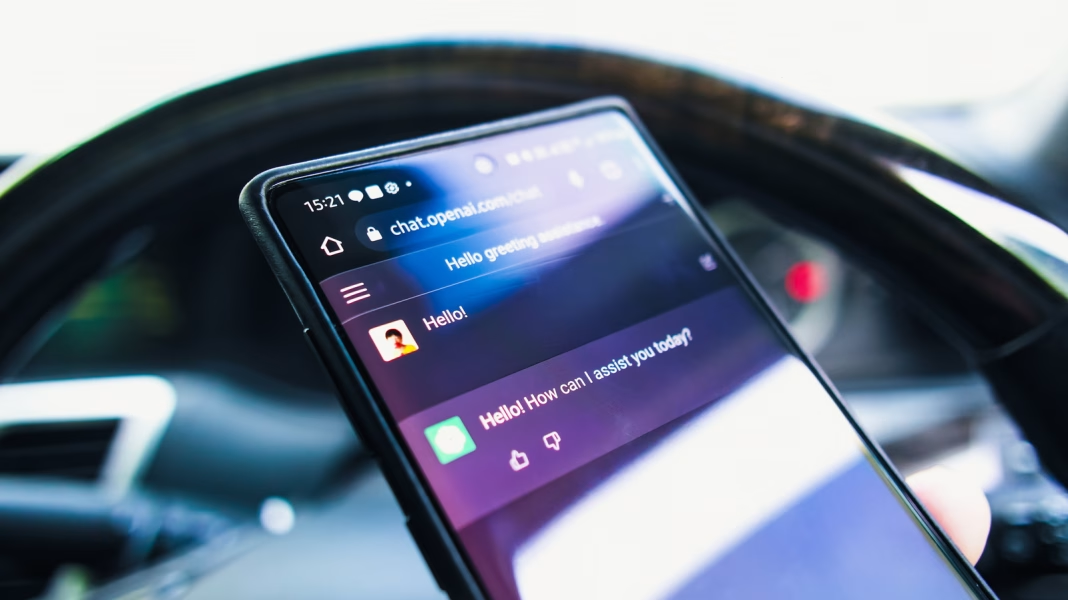Why Are So Many People Asking ChatGPT for Car Repair Advice?
Let’s be honest—when your car starts making a weird noise or that dreaded dashboard light pops on, your first instinct is probably to Google it. Lately, though, more folks are skipping the search engine and heading straight to ChatGPT or other AI chatbots for answers. It’s quick, it’s convenient, and you don’t have to scroll through a dozen forums to find what you need. But here’s the catch: just because AI can spit out an answer doesn’t mean it’s the right one, especially when your safety (and your wallet) are on the line.
Can AI Really Diagnose What’s Wrong With Your Car?
AI chatbots like ChatGPT are trained on mountains of information, but that doesn’t mean they can actually see, hear, or touch your car. They’re not mechanics—they’re pattern matchers. If you type in “my Honda Civic is making a clicking noise when I turn the key,” you’ll probably get a generic list of possible causes: dead battery, bad starter, maybe a faulty ignition switch. But without context—like the exact sound, the car’s age, or your maintenance history—AI is just guessing. Sometimes it gets lucky. Other times, it’s way off base.
A recent study from the Massachusetts Institute of Technology found that AI-generated answers to technical questions were accurate only about 60% of the time. That might sound decent, but would you trust a mechanic who gets four out of ten diagnoses wrong? Probably not.
What Happens When AI Gets It Wrong?
Let’s say you follow AI’s advice and replace a part that wasn’t actually broken. Now you’re out the cost of the part, the time it took to install it (or the labor if you paid someone), and your car still isn’t fixed. Worse, you might accidentally make things worse. There are real stories out there—like the driver who swapped out a perfectly good alternator because an AI chatbot suggested it, only to find the real culprit was a loose battery cable.
And it’s not just about money. Imagine relying on AI for brake issues or steering problems. A mistake here isn’t just inconvenient—it could be downright dangerous.
Why Do AI Tools Struggle With Car Repairs?
AI excels at tasks with clear, structured data—think chess, math problems, or even writing emails. But diagnosing car problems is messy. Every car is different. Symptoms can overlap. Sometimes, a noise that sounds like a worn belt is actually a failing water pump. Even seasoned mechanics rely on years of hands-on experience, specialized tools, and sometimes a bit of gut instinct.
Plus, AI doesn’t have access to your car’s unique quirks. It can’t check for that odd rattle that only happens on cold mornings or spot the subtle leak under your engine. It’s working blind, relying solely on what you type in.
Are There Any Safe Ways to Use AI for Car Troubles?
That said, AI isn’t totally useless for car owners. It can help you understand the basics—like what a check engine light might mean or how to change a flat tire. It’s great for general knowledge and can point you toward helpful resources or videos. But when it comes to actual repairs, especially anything involving safety or complex systems, AI should never be your only source.
If you’re stuck, use AI to gather information, then double-check with a trusted mechanic or reputable automotive website. Think of AI as a starting point, not the final word.
What Do the Experts Say About AI and Automotive Advice?
Automotive professionals are pretty unanimous: nothing beats an in-person inspection. According to the National Institute for Automotive Service Excellence (ASE), even the best diagnostic tools are only as good as the person using them. And while AI can process a lot of data, it lacks the hands-on expertise and intuition that comes from years under the hood.
Consumer Reports and the American Automobile Association (AAA) both recommend using AI cautiously. They suggest treating chatbot advice as a supplement, not a substitute, for professional guidance—especially when your safety is at stake.
How Can You Make Smarter Choices When Your Car Needs Help?
If you’re facing a car problem, start with the basics. Listen carefully to the symptoms. Take notes. Use AI or online resources to get a general sense of what might be wrong, but don’t stop there. Call your mechanic. Ask questions. Get a second opinion if something doesn’t feel right.
And remember, sometimes the best tool isn’t a chatbot—it’s your own common sense. If AI tells you to ignore a warning light or keep driving with a strange noise, that’s a red flag. Trust your instincts and err on the side of caution.
The big takeaway? Car repair isn’t about perfection—it’s about smarter adjustments. Start with one change this week: use AI for research, but always double-check with a real expert. You’ll likely spot the difference in your confidence—and your car’s performance—by month’s end.


